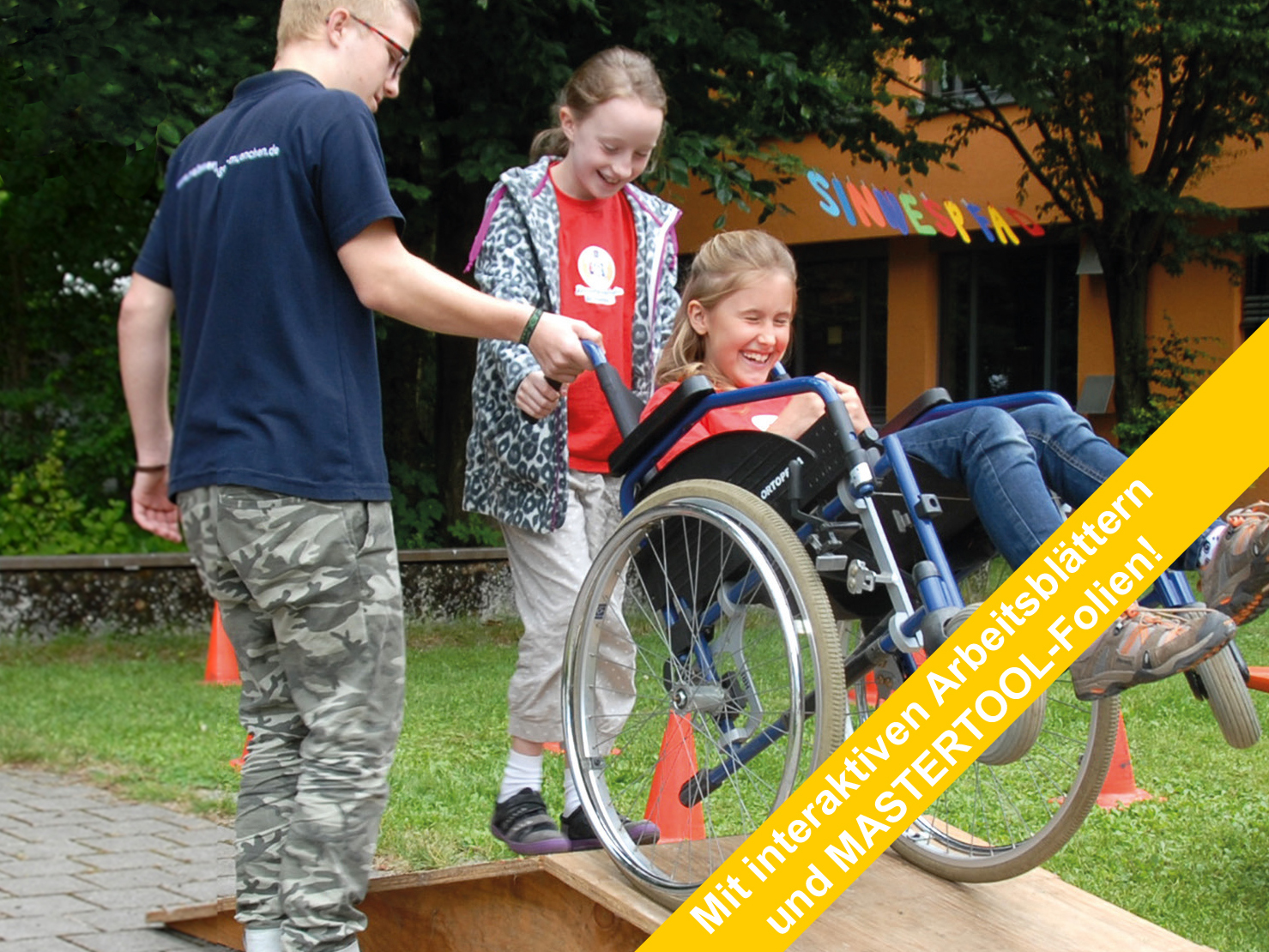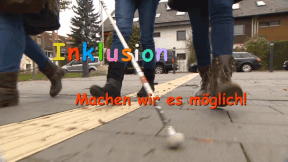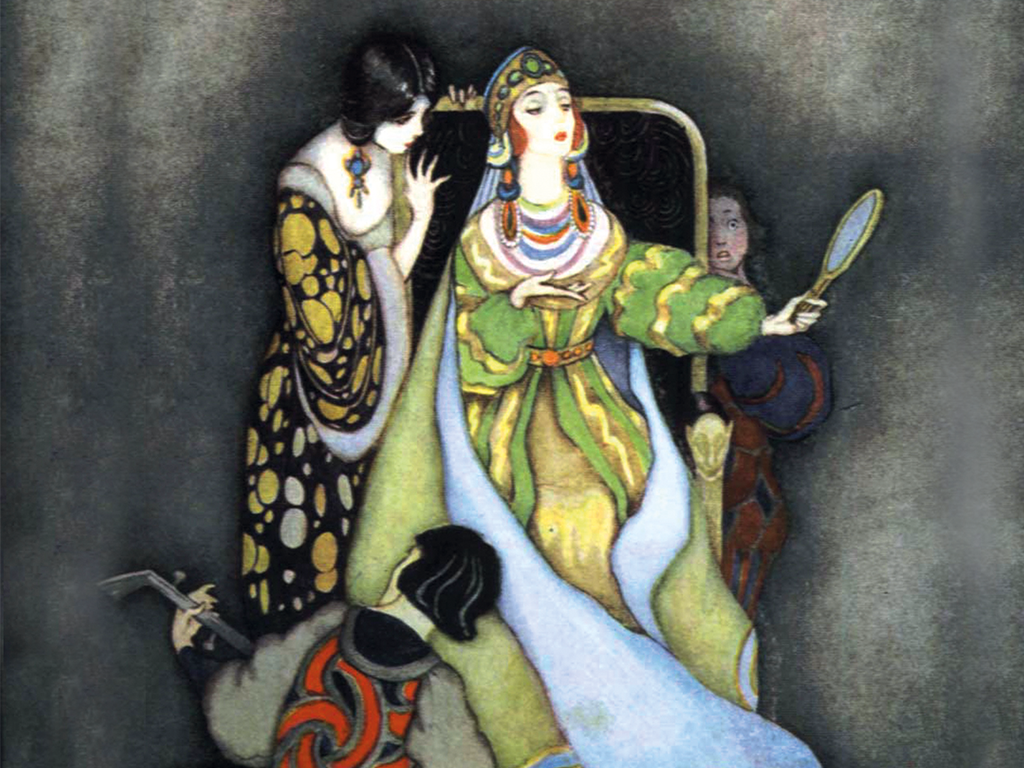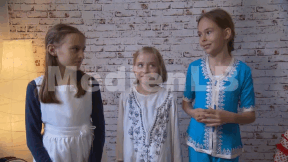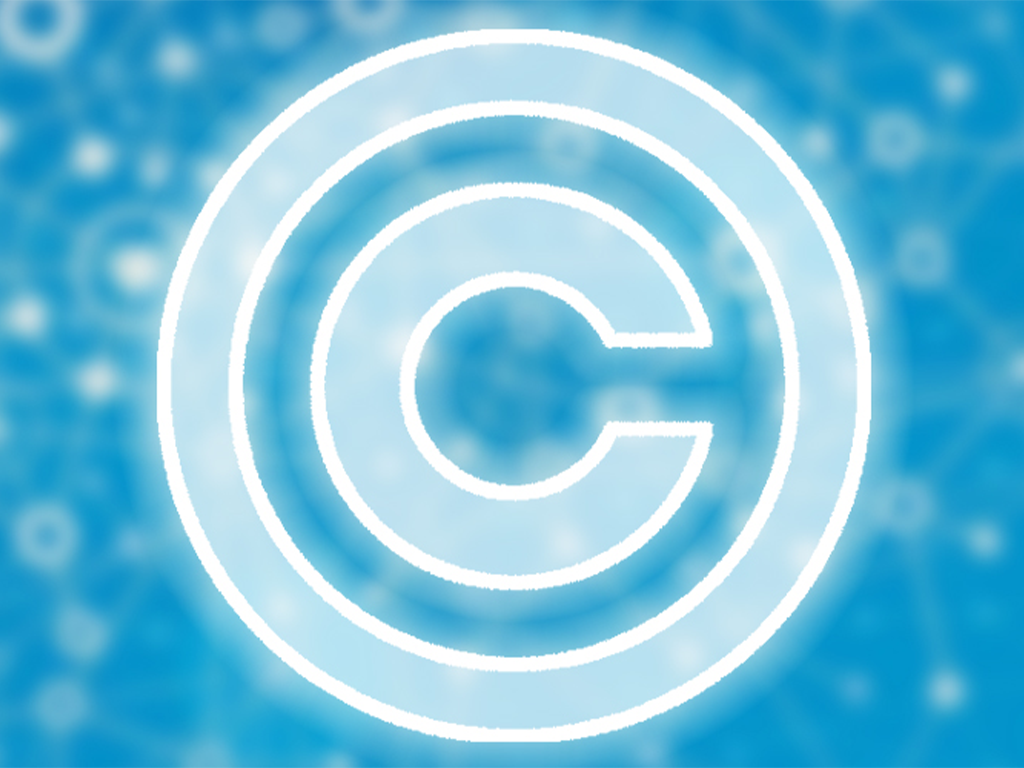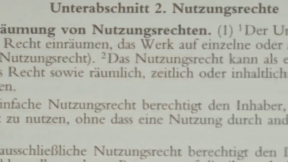 Biologie
Biologie

4671634 / 5561458
Alkohol
Risiken der Alltagsdroge
Jenke von Wilmsdorff startet ein Experiment, das ihn an seine Grenzen bringen soll. Er trinkt über einen langen Zeitraum täglich exzessiv Alkohol und will herausfinden, was die „Volksdroge Nummer 1“ mit ihm macht. Bereits nach 11 Tagen erkennt er, dass er sich stark verändert. Er merkt, dass er schon früh morgens Lust auf Alkohol bekommt und sich nicht mehr zwingen muss, zu trinken. Auch sein Essverhalten verändert sich erheblich. Nach drei Wochen muss er das Experiment schließlich auf ärztliche Anordnung abbrechen. Zu diesem Zeitpunkt ist Jenke träge, lustlos, körperlich abgeschlafft. Der Alkohol hat einen anderen Menschen aus ihm gemacht. Der Film begleitet Jenkes gefährliches Selbstexperiment und zeigt auf, was übermäßiger Alkoholkonsum anrichten kann, sowohl bei einem selbst, als auch bei den Menschen im direkten Umfeld. Am Ende des Experiments wird klar, wie schwer der Entzug selbst nach einer vergleichsweise kurzen Zeit fällt. Jenke schafft es kaum, dem Alkohol zu entsagen. Gemeinsam mit dem umfangreichen Begleitmaterial im Datenteil ist die DVD bestens zum Einsatz im Unterricht geeignet.
Trailer abspielen
Lehrplanzentral und an den Bildungsstandards orientiert
Passend dazu
Inclusion
Madita is eleven and blind. She does not want to go to a special school but to a regular grammar school. She says she feels "normal" there. Jonathan is eight and has a walking disability. He likes going to the school where he lives. Here, his best friend sits next to him. Max Dimpflmeier, a teacher who is severely deaf, explains that school life is not easy. Quote Max Dimpflmeier: "You don't want to attract attention, you want to avoid saying that it is necessary for you that 70 people adjust to your situation." People on their way to inclusion.
Copyright
Copyright is subject to constant change to keep up with technological advances. This film enables the viewer to grasp the basic principles of this extremely intricate matter. By way of introduction, the film defines what an author is, what kinds of works there are and how long a work is protected on principle. Then the fundamental rights of an author are cited and it is shown how these are exploited in our times. In the third chapter, the respective rights are illustrated by way of practice-oriented examples of books, photos, music and films. Here, of course, an emphasis is laid on the field of education, taking into account the latest case law within the EU and Austria in particular. A further chapter highlights the problems arising with the Internet and goes into the citation law and pirate copies. All in all, in this way the viewer is made familiar with the most important basic terms and their meanings. Comprehensive worksheets and additional accompanying material invite us to deepen our knowledge of the subject.




